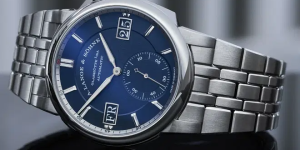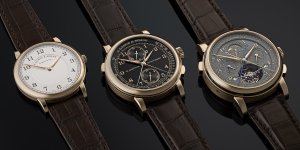Catching Up With the A. Lange & Söhne 1815 Rattrapante
The new 1815 Rattrapante from A. Lange & Söhne gives us a second chance at doing justice to this distinctive chronograph.
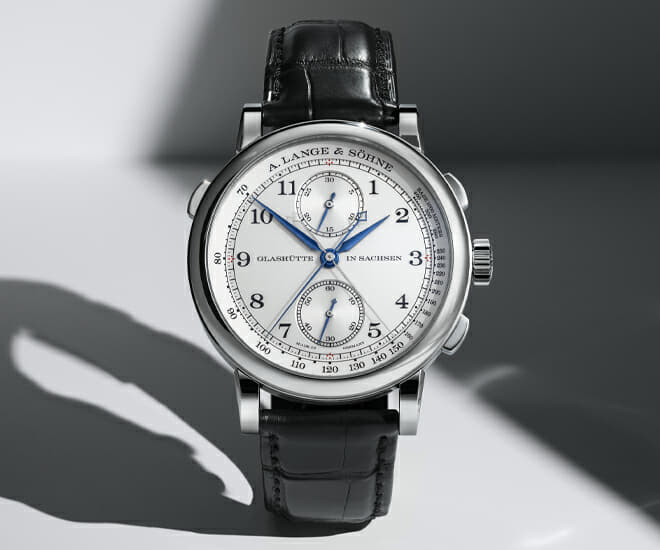
When A. Lange & Söhne introduced the 1815 Rattrapante in honeygold in 2020, we missed it online (bar a line about its introduction), in favour of the 1815 Thin, also in honeygold, and the still-developing story of the Odysseus. The Glashütte manufacturer is bringing the split-seconds chronograph back this year in another limited edition of 200 pieces, this time in platinum. To the best of our knowledge, this new version is not limited to existing customers of A. Lange & Söhne also makes it a little more relevant to wider audiences. It is a boutique exclusive though and you will have to pop in and ask about the price, which is only disclosed upon request.
In any event, we will use this opportunity to correct our original omission on the 1815 Rattrapante. This is an important note because we do not typically feature new iterations of older models. In the case of the 1815 Rattrapante in honeygold, this watch happened to be the first time the manufacturer sent out its split-seconds chronograph by itself. Yes, this really was the first time A. Lange & Söhne introduced the split-seconds chronograph, or doppel chrono, without any other complication, and it must have been a great success because it is back for seconds. To be fair though, what else could we expect when the honeygold watch was limited in the way that it was — do not hold your breath for a steel version.
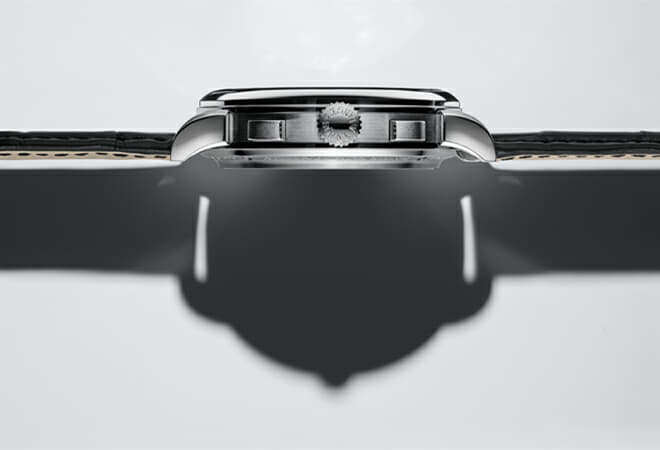
To begin with, the split-seconds chronograph is a big deal at A. Lange & Söhne, being something of a speciality of the watchmakers. We will not get into the specifics of a split-second chronograph, but you can think of it this way. A standard chronograph measures elapsed time for one timing event; the split-seconds allow one to extend that to two timing events, including measuring two sprinters against each other or, more traditionally, seamlessly measuring lap times in motor racing or distance running. There are two chronograph hands here, and as shown in the video but not quite in the standard images, both start together (precisely synchronised so it looks like there is just one hand). When the rattrapante function is engaged (via the pusher at 10 o’clock), the split-seconds hand (here in rhodiumised steel while all other hands are in blued steel) stops while the chronograph hand continues on its merry way. The same pusher also restarts the split-seconds hand, immediately jumping it back into place and pace with the chronograph hand.
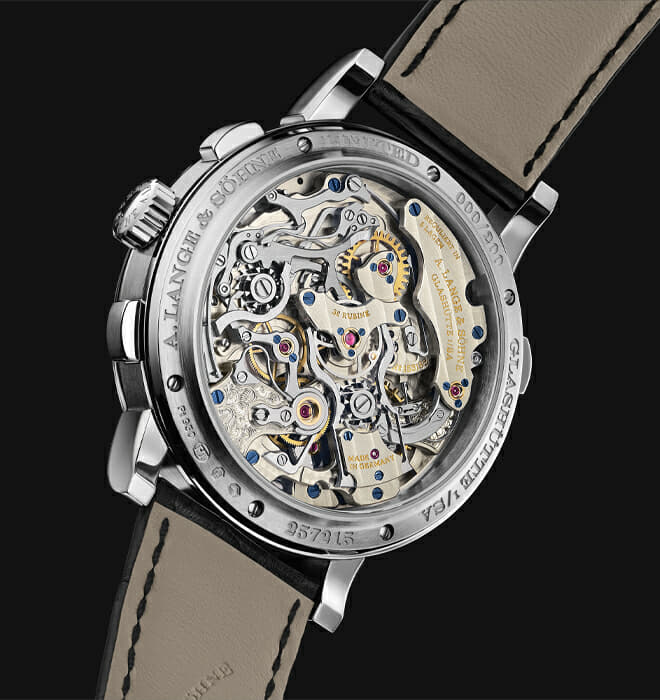
- READ MORE: A. Lange & Söhne: Titanium for the Win
It all makes for a nice bit of visual poetry, if you have ever seen it — or if like us you have tried to get those hands into the classic configuration you might have seen in pictures. As you might imagine, there is a lot of complexity here, which on the manual-winding calibre L101.2, you can see via the exhibition caseback, totally unobstructed by an automatic winding rotor. There are 365 individual parts here, all arranged like a mechanical funhouse; yes, there are two column wheels here, which is a signature of split-seconds chronographs. Now, the finish here is a bit different to the honeygold version because the signature Glashütte stripes and standard hand-engraving on the balance cock are both back.
Returning to the action dial-side, the 1815 Rattrapante is still the only watch from A. Lange & Söhne to feature this configuration of subdials, with an elapsed 30-minute counter at 12 o’clock and running seconds at 6 o’clock. The words Glashütte in Sachsen are also unique to the 1815 Rattrapante, at least in this full form. It might seem a little excessive in something like a chronograph, but it did not bother us when we handled the watch in person. Check out the video below, if you want all the key characteristics of the watch in 30 seconds flat.
For more watch reads, click here.





